Haddock and Cod are two of the world’s most popular food fish because of their taste, low-fat content, and low price. So, Let’s find out the similarities and differences of Haddock vs. Cod.
Both fish are affordable for the home cook, with a difference of around $15 between both fishes. While both fish are delicious and nutritious, your choice can differ for various reasons.
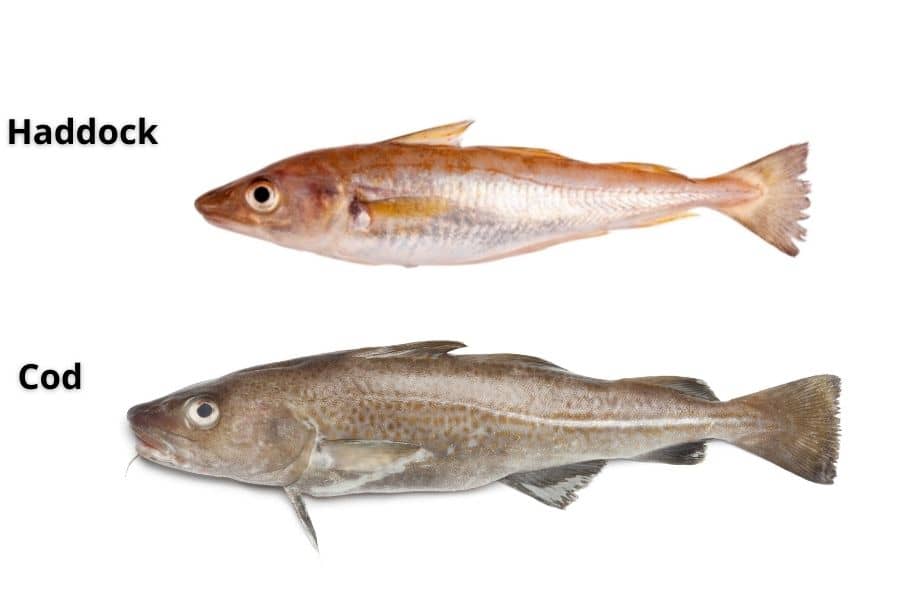
The appearance of Haddock vs. Cod
Jump To
While both Haddock and Cod fall into the same family and can be found in the Atlantic ocean, both have different sizes, shapes, and colors.
Therefore, let’s talk about the appearance of both fish to get a better understanding.
Size
When considering about the size of haddock vs. cod, Cod grow for about 60 to 120 cm long while Haddocks grow for around 30 to 70cm long.
This size difference makes Cod fillets thicker than Haddock fillets which are thin and flat.
Color
The upper half of both fish have distinct differences. The skin of Cod is speckled, grey-brown, while the skin of Haddock has a dark grey or black color.
So, if you get to look at the whole raw fish, you can tell the difference right away.
Shape
Haddocks are smaller and slimmer, while Cods are more significant and rounder. Their dorsal fins also have differences.
The dorsal fin of Cod is rounder, while the dorsal fin of Haddock is tall and pointed. Both fish have a lateral line. The line is light Cod and dark in Haddock.
Male and female
There is no difference between male and female fish of both fish types. Both males and females are the same size and shape, but females of Haddock tend to live separately in shallow areas while males tend to live in the waters offshore.
Life span
Both fish types have a relatively similar life span. Cod live for around 13 years, and Haddocks can live for approximately 14 years.
Distribution of Haddock vs. Cod
When considering the distribution of haddock vs. cod both of these fish are distributed in the Atlantic ocean. But, there is a Pacific variety of Cod that generally grows bigger than the Atlantic variety.
Haddocks are distributed around the east coast of North America from Cape May, New Jersey, and to Newfoundland, Canada. They also live abundantly on the other side of the Atlantic North of the English Channel.
Atlantic Cod distribute around both western and eastern Atlantic ocean, from north of Cape Hatteras, North Carolina, coasts of Greenland and the Labrador Sea, to the east Atlantic ocean, from the Bay of Biscay, Baltic Sea, the North Sea, Sea of the Hebrides, around Iceland and the Barents sea.
You can find Pacific Cod variety in the North Pacific Ocean, from the Yellow Sea, Bering Strait, the Aleutian Islands to Los Angeles.
From Atlantic and Pacific Cod varieties, the Pacific variety is the popular choice.
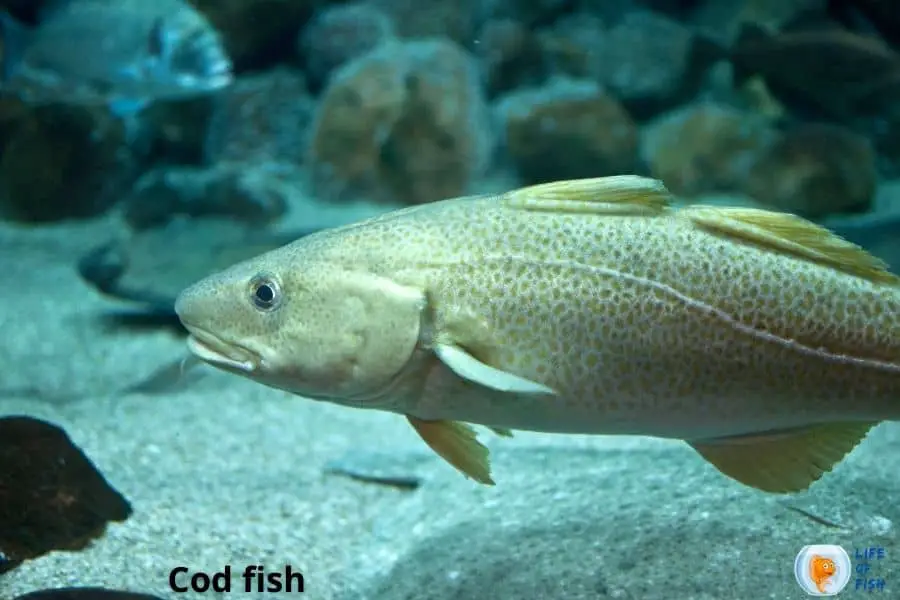
Habitats of Haddock vs.Cod
Both fish species are bottom-dwelling fish that live on the substrates as schools. Haddocks lives in the Atlantic ocean at the depths of 10 to 450 meters and prefers temperature between 39 and 50 °F degrees.
Atlantic Cod can be found in the Atlantic ocean at depths of up to 300m, although they also live on the coastal shoreline. On the other hand, Pacific Cod lives in the Pacific Ocean at a depth of about 900m.
Diet of Haddock vs. Cod
Both fish species are carnivores and feed in shoals.
Adult Haddocks feed on fish like sand eels, Trisopterus esmarkii, Hippoglossoides platessoides, gobies, European sprat, Atlantic herring, capelin, silver hake, American eels, and Argentines.
They also feed on Shellfish, sea urchins, brittlestars, and worms, especially in the Winter, where the fish population is low.
Cod’s diet generally consists of herring, capelin, sand eels, mollusks, crustaceans, and sea worms. Small Cods usually feed on crustaceans, while adult Cods mainly feed on fish.
Cod also practice some cannibalism in which they eat their own species as food. Adult Cods diet can consist of juvenile Cods as high as 56% depending on the living area.
The behavior of Haddock vs.Cod
When considering the behavior of haddock vs. cod both fish species are shoaling and schooling fish where they shoal at the bottom of the sea at varying depths.
Haddocks
Haddocks usually live over a substrate made up of rock, sand, gravel, or shells and undergo extensive migrations in Iceland and the Barents sea.
In the North-Western Atlantic, they have restricted movements. They usually go only to and from their spawning areas in the North-Western Atlantic ocean.
Haddock generally lives in a 1:1 male and female ratio, but in shallower areas, females predominate. Males prefer waters further offshore.
Haddocks spawn at the depths of 50 to 150 meters.
In North-Western Atlantic, the spawning lasts from January to July, while in the North-Eastern Atlantic, the spawning season runs from February to July.
Females lay 55,000 to 1,841,000 eggs in one spawn, and the eggs take about one to three weeks to hatch.
The haddock larvae do not travel far from the spawning grounds and feed on copepods, krill, Larvaceans, decapod larvae, and small fish.
Haddocks feed on shoals. Therefore, a school of Haddock’s prey on the same food at a time.
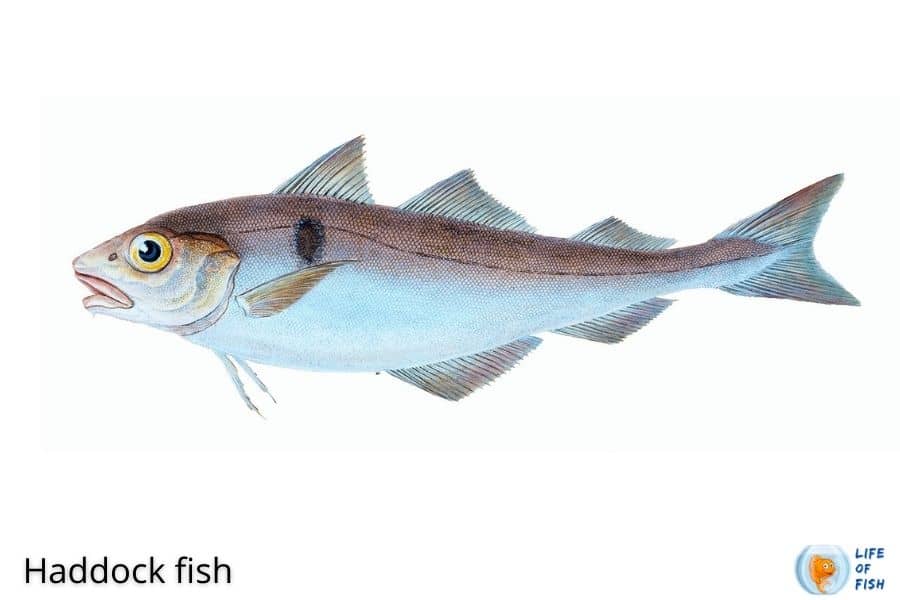
Cod
Cods live in coastal shorelines as well as at depths of 300m along the continental shelf.
Cods shoal as huge, size-structured groups, and the more significant fish act as scouts and lead the direction of the shoal, especially during post-spawning migrations inshore for feeding.
Because of this behavior, leading fish get to feed on a varied and high quantity of food while trailing fish get to consume fewer variable diets and less food.
Yet, these trailing fish benefit from shoaling because they get more successful in feeding while shoaling than migrating individually.
Cod are apex predators but juvenile Cods become prey to adult Cods most of the time, as adult cod sometimes practice cannibalism.
Cod typically avoid temperature fluctuations and prefer to stay in deeper, colder water layers during the day. Further, they come to the shallower, warmer water at night to maintain homeostasis to preserve energy.
Cod are speedy and active swimmers that have speeds of a minimum of 2–5 cm/s and a maximum of 21–54 cm/s. They are primarily active during the day than at night.
The spawning of Cods occurs during February and April, and female Cods lay as many as 9 million eggs.
Larger Cods become more successful in reproduction and produce more offspring, while smaller males engage in varied mating strategies to fertilize eggs.
Females choose their spawning partner based on males status and sexual characteristics. Therefore, males that are significantly smaller than females have lower success rates in spawning.
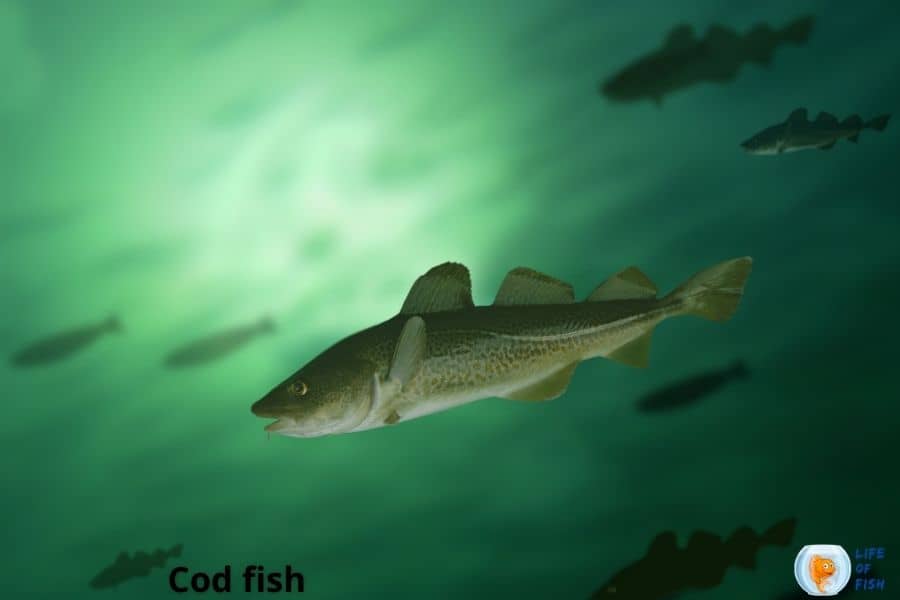
Importance of Haddock vs.Cod
Haddock and Cods are both considered delicious and nutritious food among consumers.
Therefore, both fish types have a high demand in commercial fishing. Due to overfishing, there is a decline in fish reproduction in recent years.
Atlantic Cod has now been listed in the IUCN Red List of Threatened Species as vulnerable fish species. And also, the growth rate of Haddocks has been slowed in recent years because of overfishing.
Because of these reasons, Cods are usually priced higher in the market with a cost of 1 dollar more per pound.
Still, both fish are still selling at an affordable rate for the general consumers who want to add more fish to their cooking collection.
What is Healthier Cod or Haddock?
Cod and Haddock are both white fish species that have low-fat proteins. They are a great alternative to high-fat red meat. However, Cods are considered more nutritious than Haddock.
Nutrition
Both fish contain no carbohydrates and no fiber. Cod is lower in calories than Haddock. Hence, people prefer to choose Cod over Haddock if they want a low-calorie diet.
Although both fish are higher in Protein, Haddock contains more protein than Cods. The fat percentage of both fish is 3% per 300g.
And Haddock has lower saturated fats while Cod is lower in cholesterol, sodium, and glycemic index. Cod also have higher amounts of polyunsaturated and monounsaturated fatty acids.
Vitamin Comparison
Both Cods and Haddocks have equal amounts of vitamin K and vitamin B2 and lack vitamin B9 (folate).
Haddocks have higher amounts of vitamins A, B12, B6, and B3, while Cods have higher amounts of vitamins C, E, D, B1, and B5. Cod have Vitamin C, whereas Haddocks doesn’t.
Furthermore, the vitamin score of Cod is 17 times higher than that of Haddock.
Amino Acids
Suppose you are looking for amino acids in the fish. In that case, Haddocks wins this time because Haddocks are higher in amino acids (tryptophan, leucine, lysine, methionine, threonine, isoleucine, phenylalanine, valine, and histidine).
The glycemic index of Cods is lower than Haddocks, which makes them a healthier choice than Haddock. Irrespective of more or less nutrition, both fish are still more nutritious than much other food.
Health Impact
Both fish are a healthier choice for Cardiovascular disease, type 2 diabetes, and many other reasons.
Both fish have essential Proteins, Vitamin B5, other Vitamins, Minerals and Amino acids for the human body.
However, like much other fish, both Cod and Haddock contain mercury which may be toxic to some people. There is also a certain risk of allergies in a small proportion of the population.
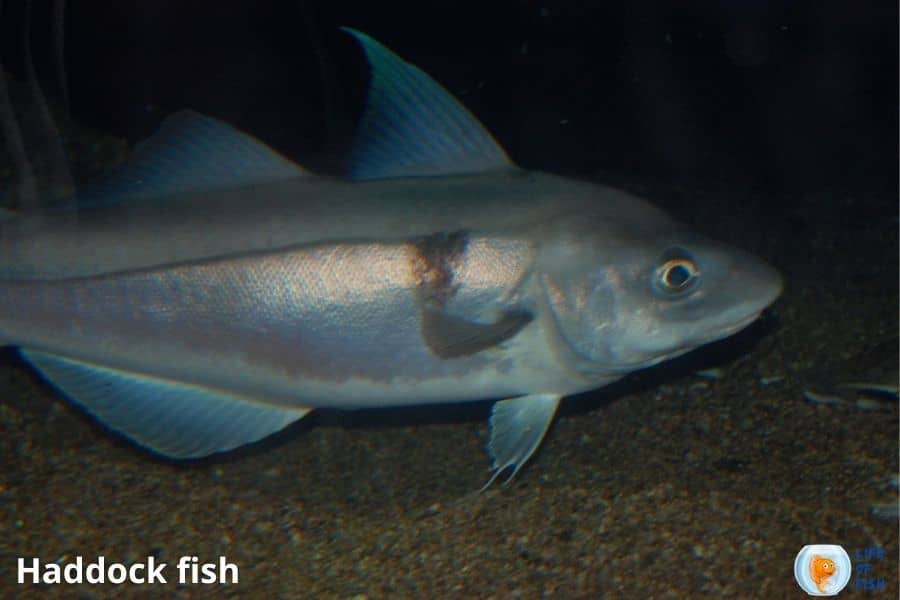
conclusion
Finally, if we have to choose the best between haddock vs. cod the answer depends on you.
Both fish have very special character and their own ecological role in the environment. Therefore our responsibility is to protect these for the future generation.
Read Next: Everything You Need To Know About Lake Sunfish
